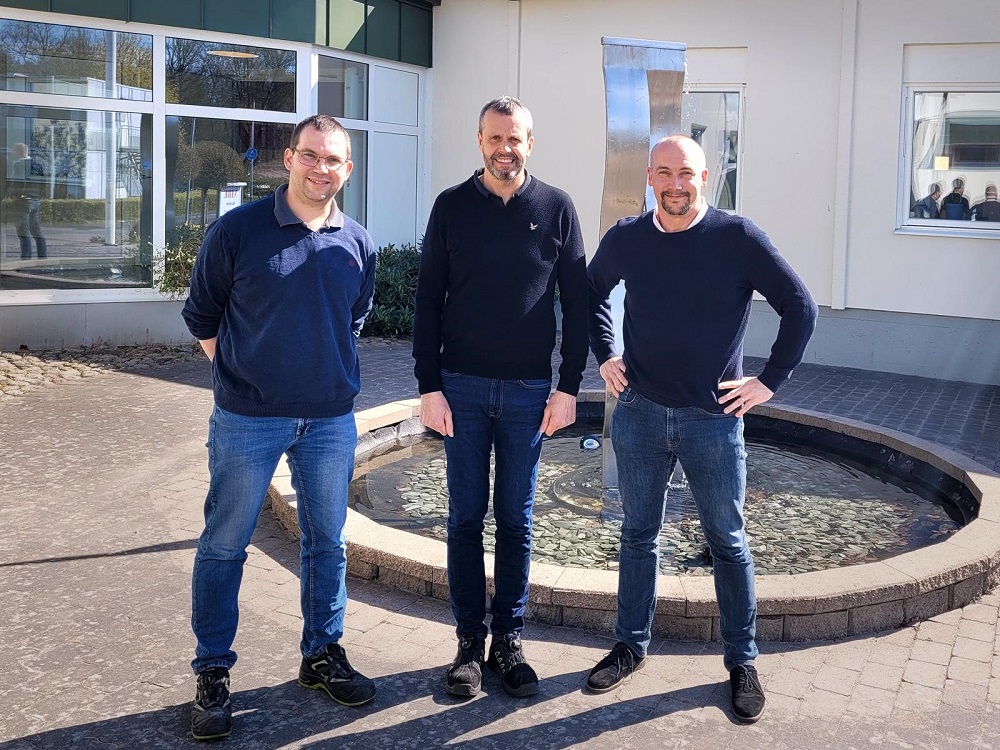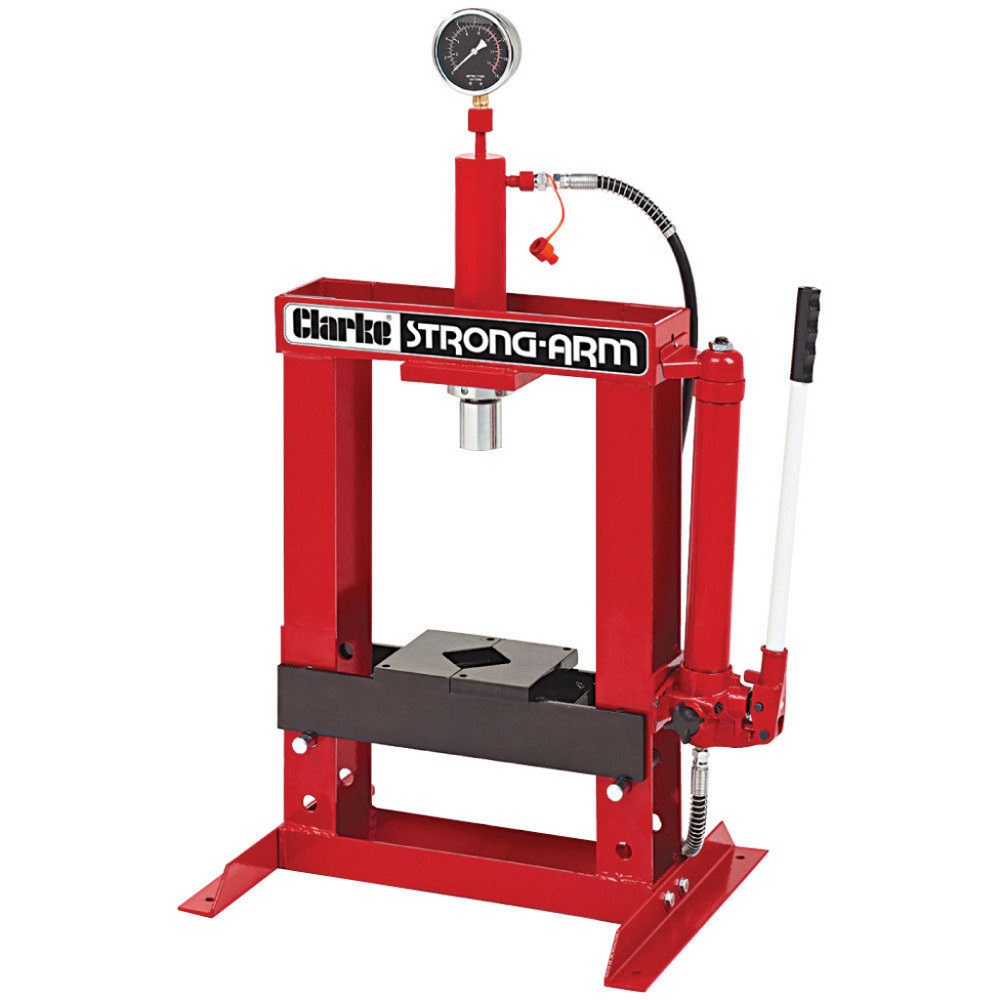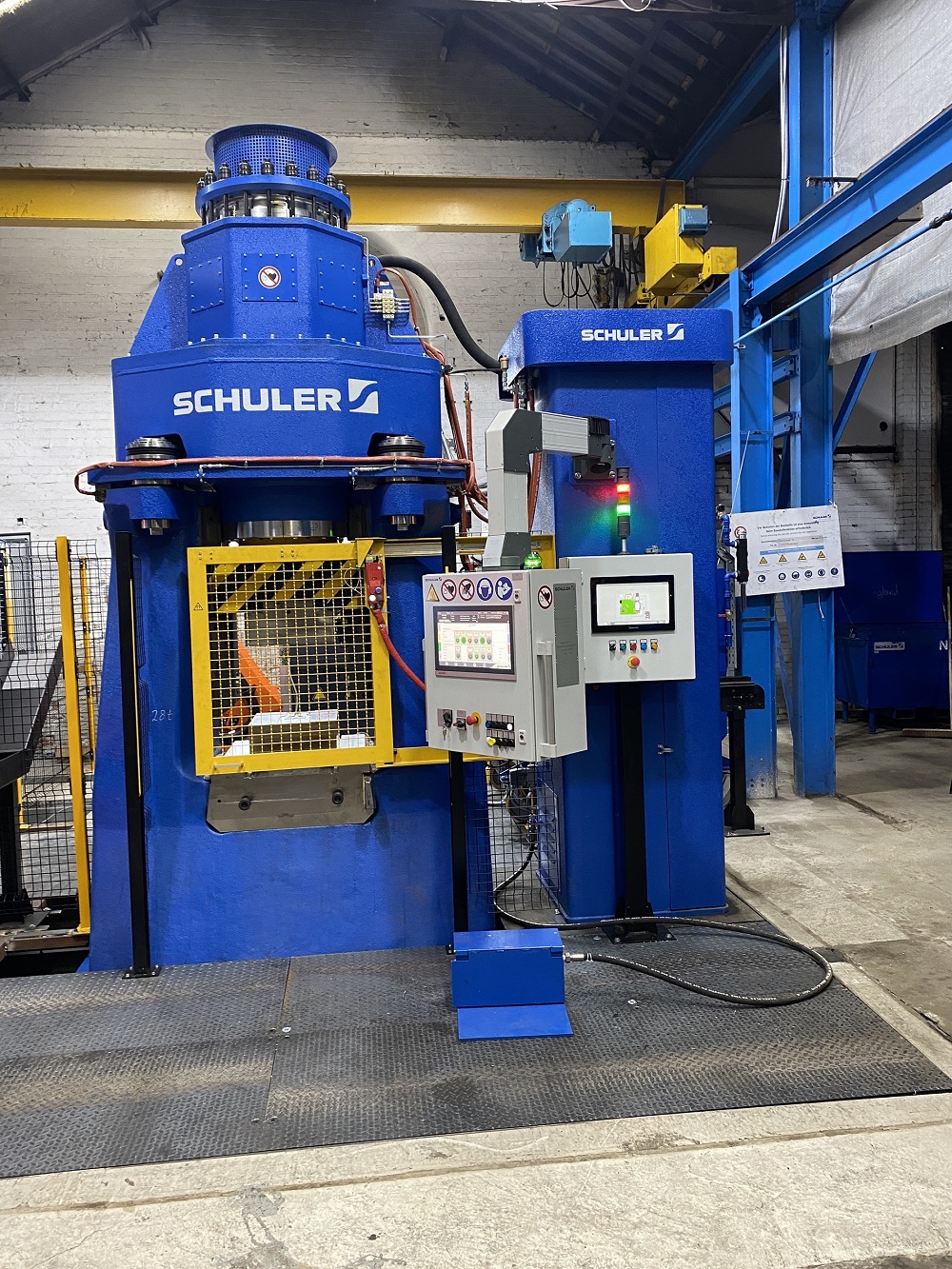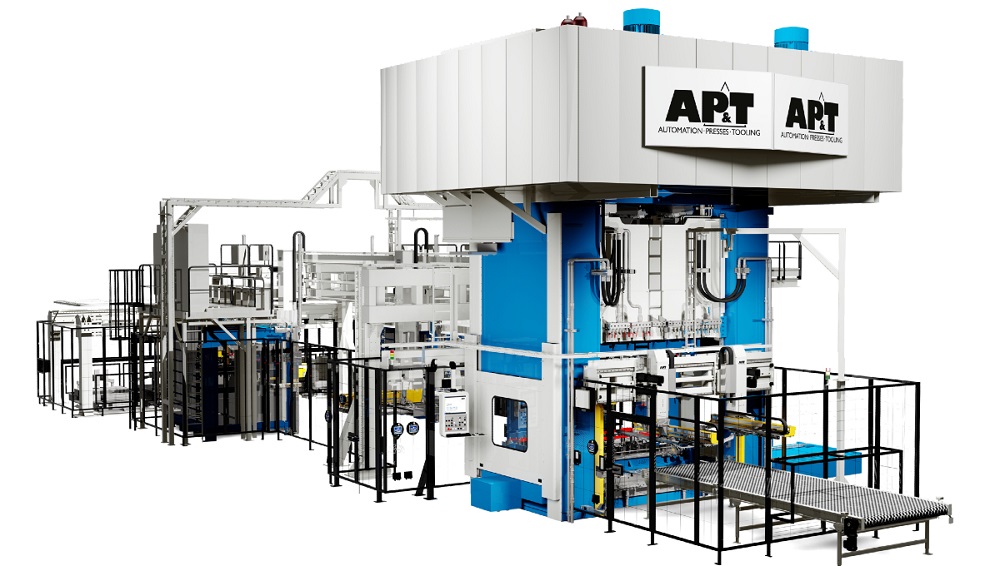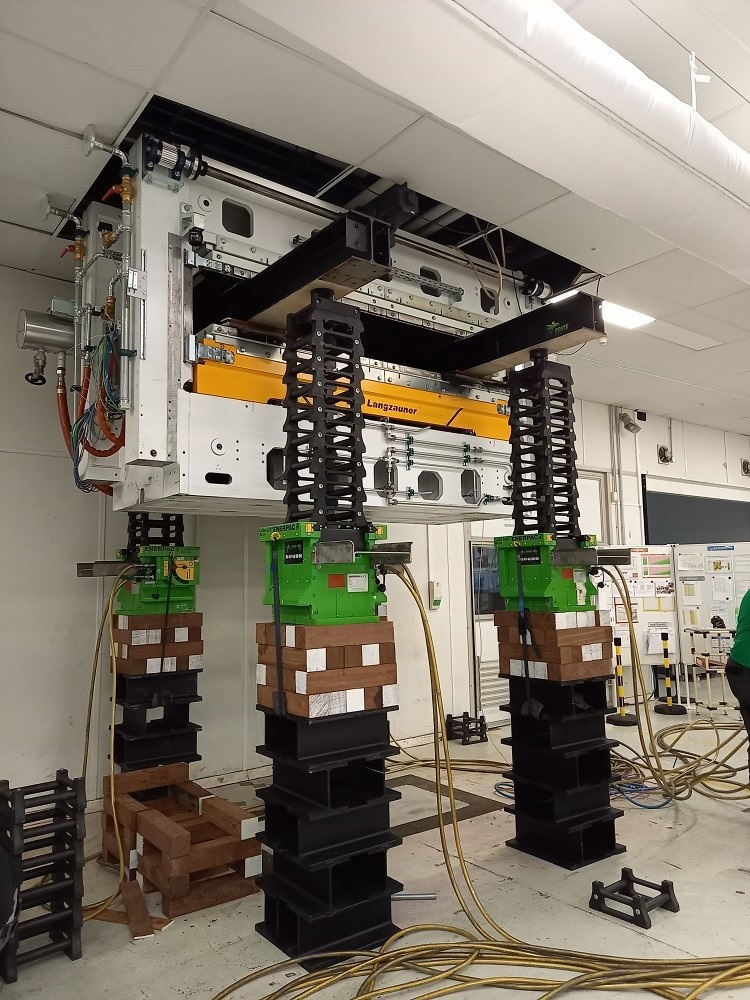Heat pump manufacturer NIBE plans to increase the production of water heater components at its Markaryd, Sweden facility following the order for a new press line solution from AP&T.
“The demand for energy-efficient systems for heating and hot water production is growing steadily all over the world, and we continue to see a strong demand for our products,” says Henrik Broström, production technical group manager for sheet metal and welding at NIBE Energy Systems.“We’re now investing in new manufacturing capacity to future-proof the volumes we will need. The new production line from AP&T will manufacture stainless steel water heater ends and be an important complement to our existing lines.”
Stefan Persson, project manager at NIBE Energy Systems, adds: “In addition to manufacturing more units, the new line also ensures a stable production process with high repeat accuracy and availability.”
Together, NIBE and AP&T discussed and evaluated a number of different options before the final concept took shape.
“Our ambition was to develop a process solution optimised for NIBE’s specific needs and conditions that provides clear customer values,” explains Dan Barvö, key account manager at AP&T.“The line needed to be energy efficient, take up little floor space and be able to perform several steps with a few machines and tools.”
In the autumn of 2022, AP&T presented a fully developed proposal that met all of NIBE’s needs: a compact, energy-efficient, fully automated production line with a 500 tonne press for deep drawing, a smaller modular press, linear robots and tooling. Line commissioning will take place in 2024.
For further information www.aptgroup.com







